If you love your catalpa tree, chances are, you will stop at nothing to save it from pests that you believe threaten the health of your tree. One of the most common catalpa tree pests is the Catawba worm. An infested catalpa tree can harbor hundreds, if not thousands, of larvae. In fact, if you stand under a catalpa tree filled with Catawba worms, it would be like standing in a drizzling rain. The “rain” is a steady drizzle of falling frass or caterpillar poop.
Although it is not likely, if you are convinced that the Catawba worm is ruining your catalpa tree, there are several ways to get rid of them. Preventative measures include insecticides such as Ortho Grub-B-Gon Max, Merit, Arena, Mach2, and Season-Long Grub Control. Bacillus thuringiensis (Bt) is also effective. Bt is a live microorganism that kills certain insects. It is used to kill unwelcome insects in forests, agriculture, and urban areas. Bt and other insecticides may be purchased online or at a variety of home and garden retailers.
Catawba Worm Uses
Fishermen plant catalpa trees in order to attract Catawba worms. Fishermen prize these worms as fish bait due to their tough skin and juicy bodies. Catawba worms can even be frozen for fish bait and used at a later time. The Catawba worm is considered excellent bait for catfish. In addition to their usefulness to fishermen, Catawba worms are prized for their attractiveness in many places across the U.S., such as Georgia. While some larvae are black with yellow stripes running down the sides, others are white with black splotches. Catawba worms also have a major distinctive feature – it’s tail. The Catawba worm has a tail-like horn on its rear end.
About Catawba Worms
The Catawba worm is the larva of the sphinx moth. This black and yellow caterpillar infests the catalpa tree and feeds off tree leaves. It is considered a pest mainly because the catalpa tree is popular for it’s magnificent wood that is used for fine cabinetry. The catalpa tree belongs to the family Bignoniceae. It is classified as Catalpa bignonioides.
“Catalpa Tree” is the common name of a tree of the bignonia family. The species is cultivated as an ornamental shade tree, growing to up to 40 feet tall (12 m). Native to the United States, the catalpa tree has silver-gray bark, widely spread branches, and large, pale-green, heart-shaped leaves. The catalpa tree flowers are white, tinged, and dotted with violet or purple. Long, beanlike pods called “Indian beans,” that sometimes hang on the limbs all winter, succeed them. The seeds are winged. Catalpa wood, even in its rawest form, is light and fine, and useful in cabinetwork.
Once the Catawba worm has fed to capacity, it drops from the tree and pupates in the soil below. The following spring, the Catawba worm will emerge as a hummingbird moth — the catalpa sphinx moth. The moth isn’t quite as colorful or unique as the larva. They are dull gray and nocturnal, so chances are you will never actually see one.
All About Worms is always free, always reader-supported. Your tips via CashApp, Venmo, or Paypal are appreciated! Receipts will come from ISIPP Publishing.




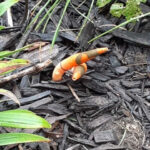

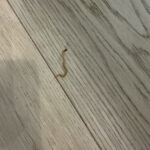
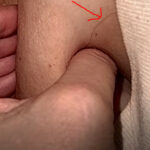
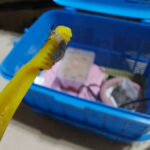
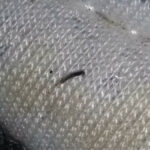
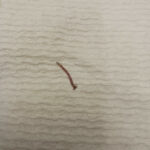

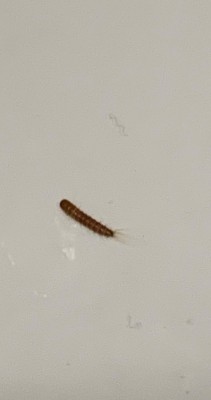




I think the poop from the worms got in my puppy’s water and almost killed him is there any facts th poop is toxic
The catalpa sphinx moth is in the same family as the hummingbird moth, but unfortunately not the same. I’ve seen a few of the hummingbird moths around my butterfly bush (which now has died from frost a few years ago..)
Trust me, you do not want worms on your tree if you or your family enjoy the sash it provides. They are very messy and invasive. We have a large catawba tree in the middle of out patio and it is great during the early spring and late summer. When the worms are present, the worm droppings are not pleasant and the worms themselves crawl all over the patio and will find a way into your home. I recommend doing everything you can to eliminate the worms either via a spray or by some type of systemic poison. If you have a tree away from your home or recreation area, find a local fisherman to help get rid go the worms…
Mine does not have any worms.How can I get worms on the tree.